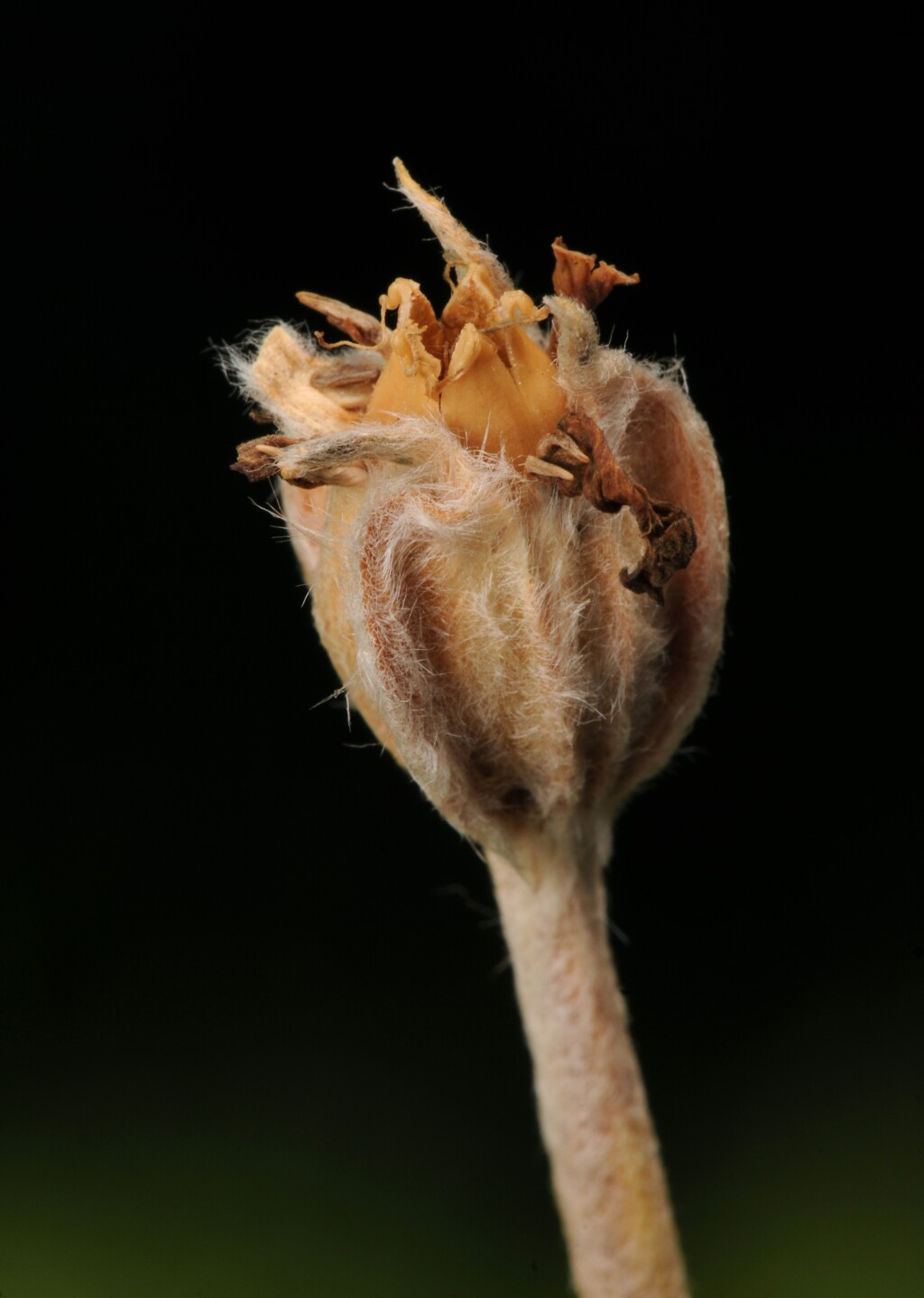Silene
Annual or perennial herbs (sometimes basally woody), rarely (not in Australia) dwarf shrubs, glabrous to hairy, often viscid. Leaves opposite; bracts herbaceous to slightly scarious. Flowers in terminal dichasia, or solitary, 5-merous, unisexual or bisexual; epicalyx absent; calyx tubular, 10–30-veined, not winged nor scarious between veins, 5-lobed; petals emarginate to bifid, usually exceeding calyx; coronal scales present or absent; stamens 10; ovary 1-celled, but often basally 3–5-celled, with many ovules, styles 3–5. Capsule subglobose to narrow-ovoid, opening by 5–10 teeth; carpophore very short to as long as capsule; seeds numerous, more or less reniform, tuberculate to finely striate-rugulose.
Some 700 species, widespread in the Northern Hemisphere but with a concentration of taxa in the Mediterranean region; about 20 species recorded as present outside of cultivation in Australia.
The genus is of minor economic importance for the horticultural interest in some of the campions and catchflies; a few of these, amongst others, have become weeds of agriculture.
Adams, L.G. (1996). Caryophyllaceae. In: Walsh, N.G.; Entwisle, T.J., Flora of Victoria Vol. 3, Dicotyledons Winteraceae to Myrtaceae, pp. 228–271. Inkata Press, Melbourne.
 Spinning
Spinning



